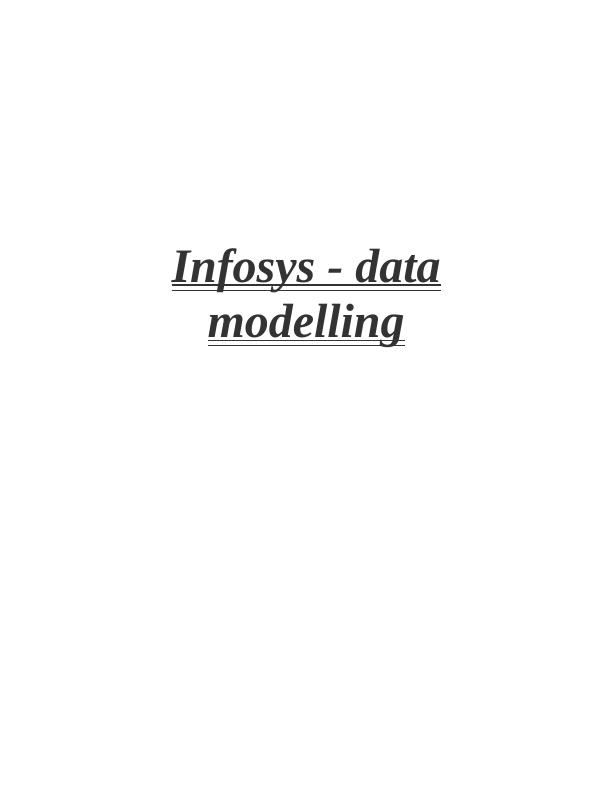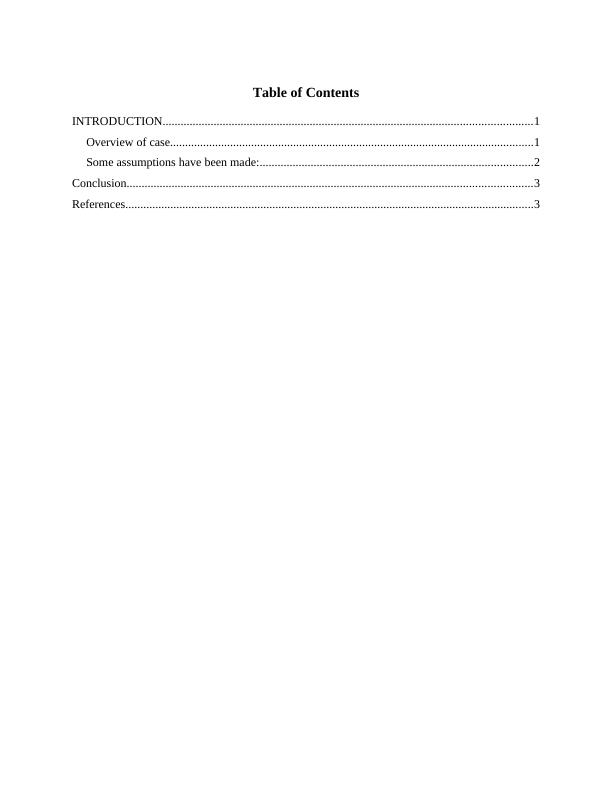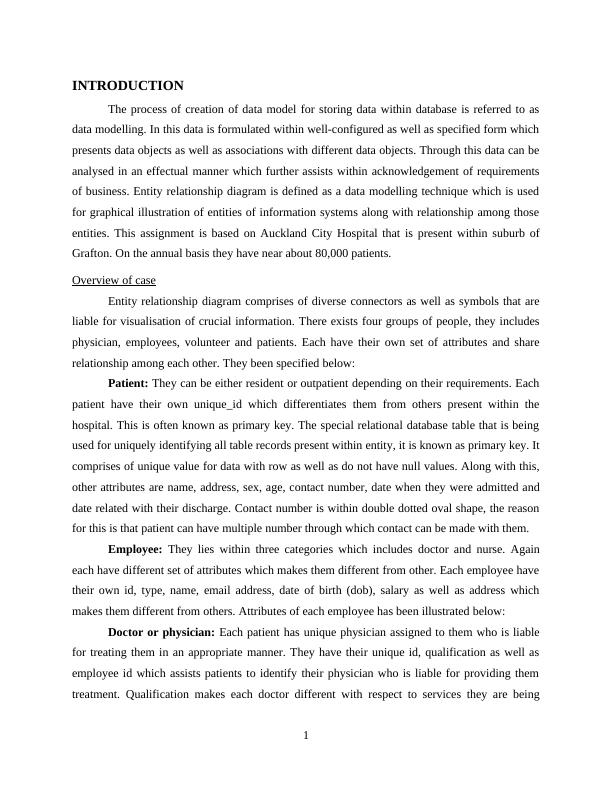Data Modelling: Entity Relationship Diagram for Auckland City Hospital
Added on 2023-01-19
6 Pages1172 Words45 Views
End of preview
Want to access all the pages? Upload your documents or become a member.
Introduction to Data Modelling - Assignment
|6
|1270
|284
Development and Implementation Assignment
|12
|1025
|201
Enterprise Rules - Hospital Management System
|22
|1437
|45
Database Design and Development
|6
|968
|378
Science of Data Modelling and Database Design
|3
|593
|22
Information System for Healthcare: Applications, Tools, Challenges, and Developed System Modules
|14
|866
|201



